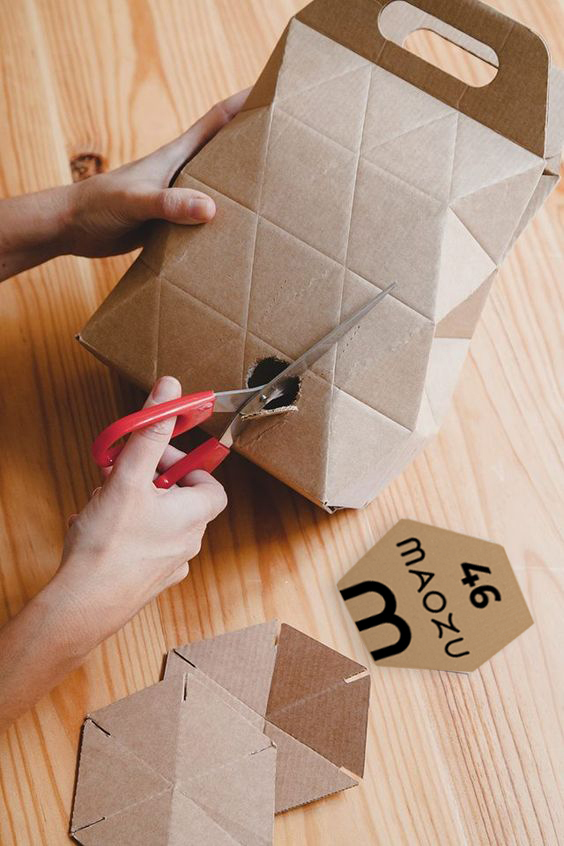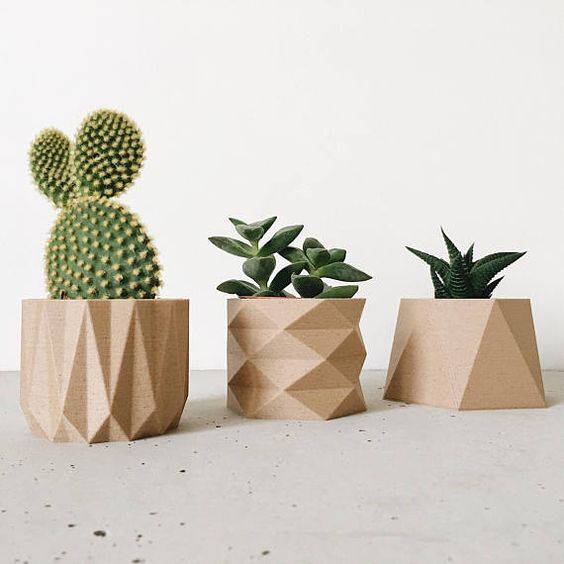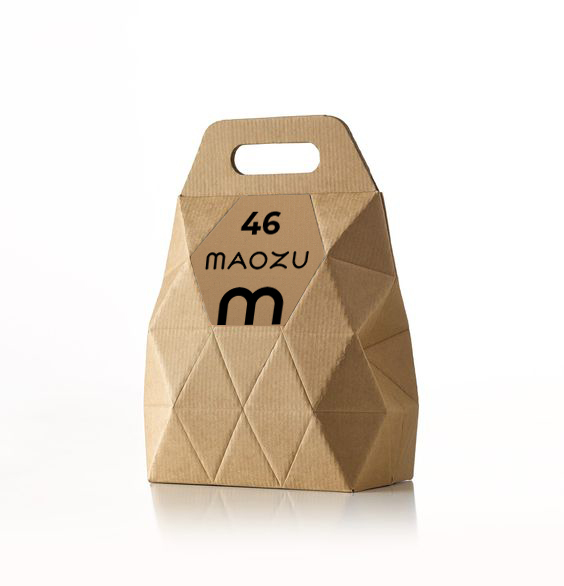
People talk about flying less, to take the bike to work instead of the car.
But who talks about the CO2 emissions your shoe consumption stands for?
Design is about more than just the usage of a product. Our job as designers should be to also think of the end to end experience for the user which requires an understanding of how to overlap business goals with UX and how to search for the bigger perspective.
In this project, Simon and his team worked with innovative and systemic perspectives to bring value to business and design through focusing on more than just the experience in the product itself. Through combining innovation, business and technology they came up with the idéa of Maozu - the sustainable running shoe.
Simons role in this project was mainly as head of research which was ongoing through most of the project. Inbetween that he was present in strategic work, planning & scrum but also concept creation & ideation.
The brief was to find a gap in the market not yet filled by any big corporation or tech firm. To create a product or service.

Over consumption is an alarming and global problem and it’s draining our globes resources quickly, especially in the clothing and sneaker market. But not too many people knows about the problem connected to over consumtion.
Running shoes are a part of this problem too, due to the fact that they cannot last forever, that they are shipped long distances, and are manufactured with an industrial process that oftens leads to pollution and leaves a huge carbon print.
"How might we shift the market of running shoes to a more sustainable industry while still improving the users experience?"
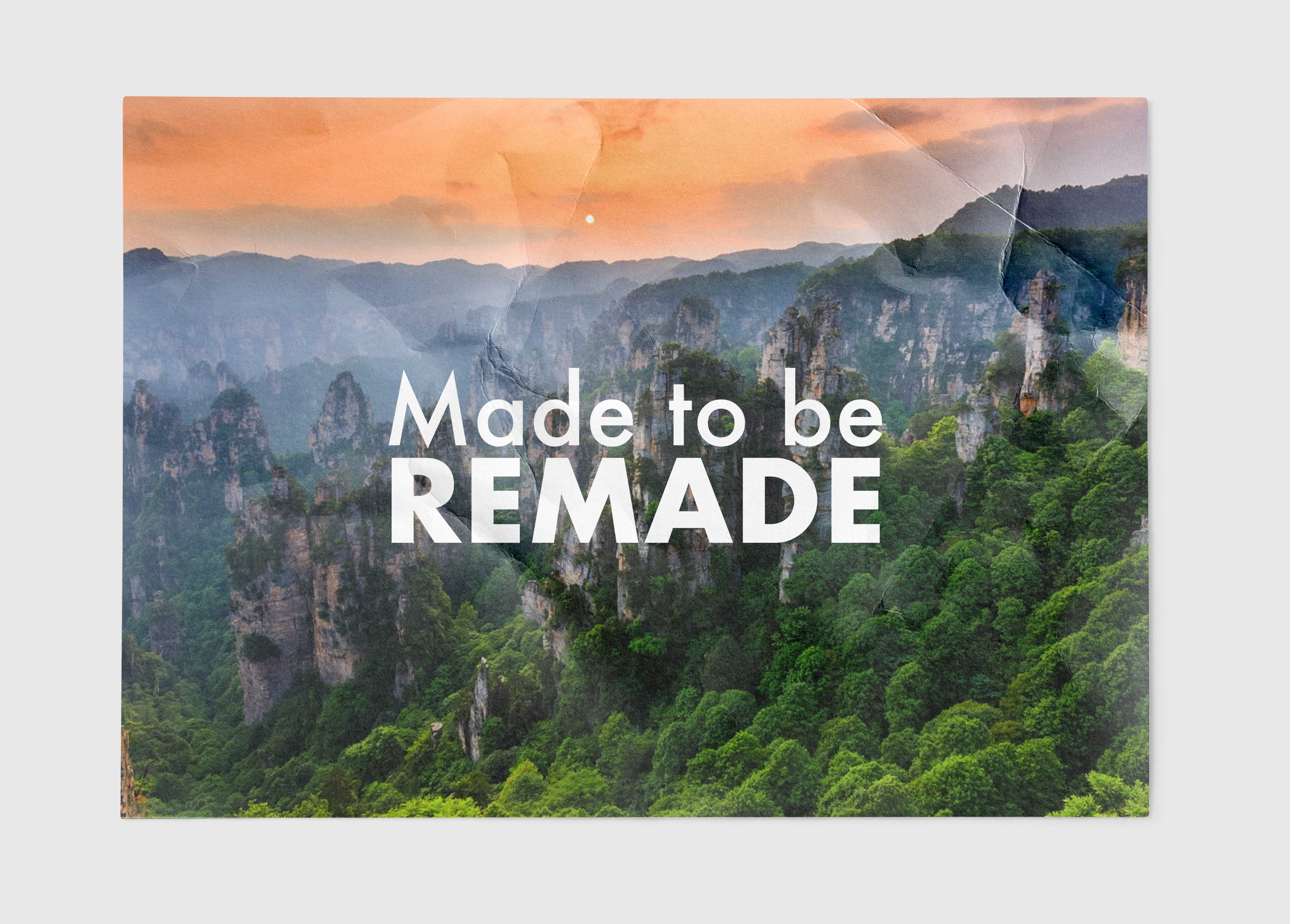
The project started off with early ideation together with desktop research, and a lot of ideas quickly came up about creating a more sustainable running shoe that was built up by modular parts.
This is where interviews came in clutch, with people of mixed ages that were all running as a form of physical exercise. They were asked and tested with to see if their needs would be met by the designer's idéas, but also to learn more about the needs, pains and gains around their experiences.
Insights from these showed that one of the original ideas to have a chip installed in the outer sole, was not necessary nor provided little to no real benefit for the user. The thought was to connect this to your smartphone via an app, to indicate the sole health and see general running statistics - this idea was ultimately scrapped and replaced.
Based on the teams research it was also found
7 out of 10 (in Sweden) wants a system for recycling their worn clothing.
The strategy was that through partnerships with sports vendors, the user would bring the worn out shoe part back to a vendor, who in turn then would return it back to Maozu.
After that, the customer would get a discount code that they could use to buy a new part on the webstore.
By doing so, Maozu would be able to create a circular recycling system and make sure the customer stays a customer.
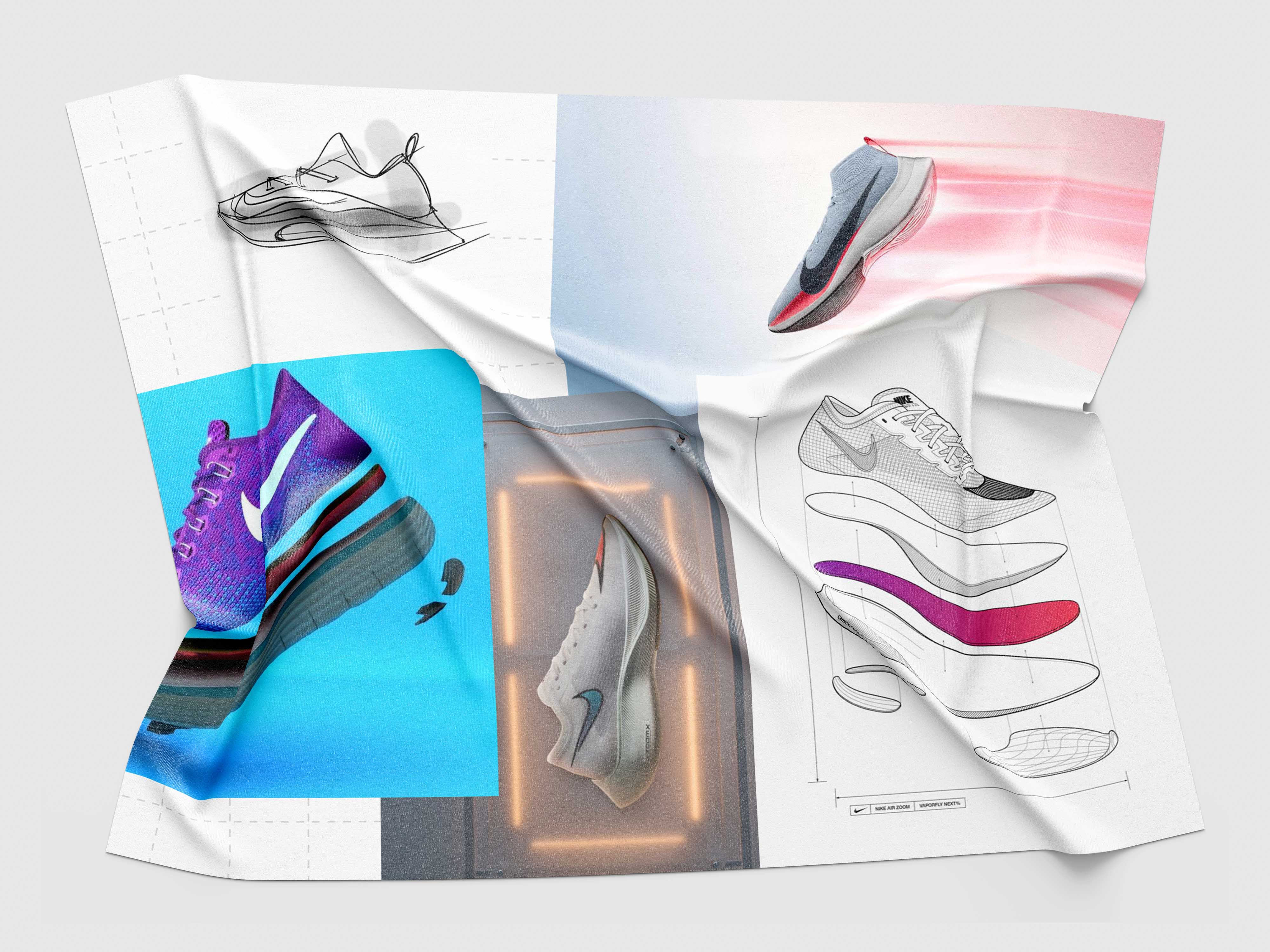
To find out what market gap the fictional company were filling and how disruptive the idea really was, Simon's team conducted a competitive analysis.
Insights from this was that companies like Allbirds and ACBC already had been creating sustainable sneakers for a while. They could also acknowledge that Nike and other big companies like Adidas also worked in this field, developing shoes made out of recycled material.
Further, a draft User Journey was also put in place to map out the whole experience of the user. This was a great way for the team to emphatize with the users and look further than to just the usage of the shoe itself.
Simon's team could by that see where they could possibly improve the experience both before and after their running exercise.
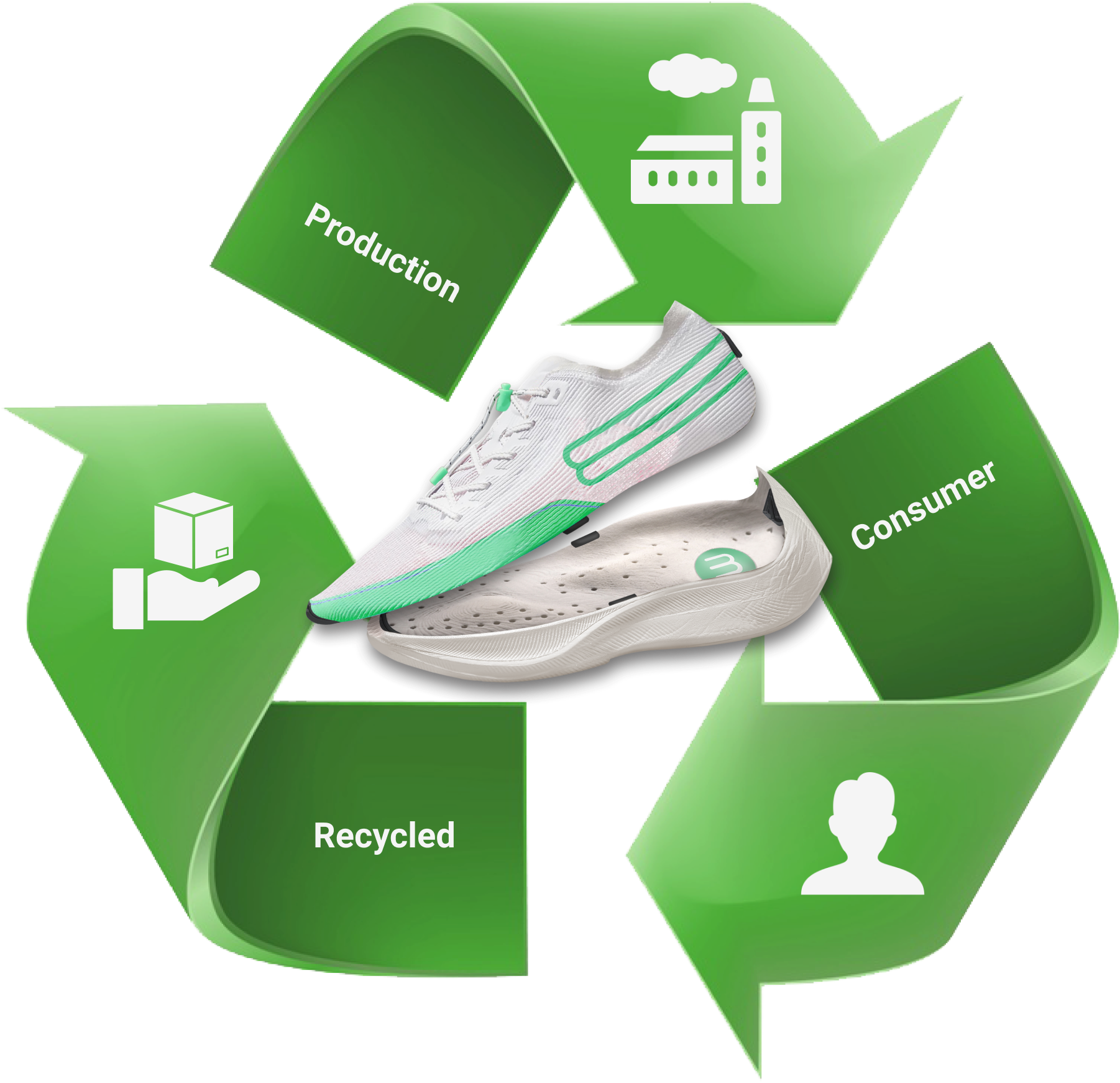
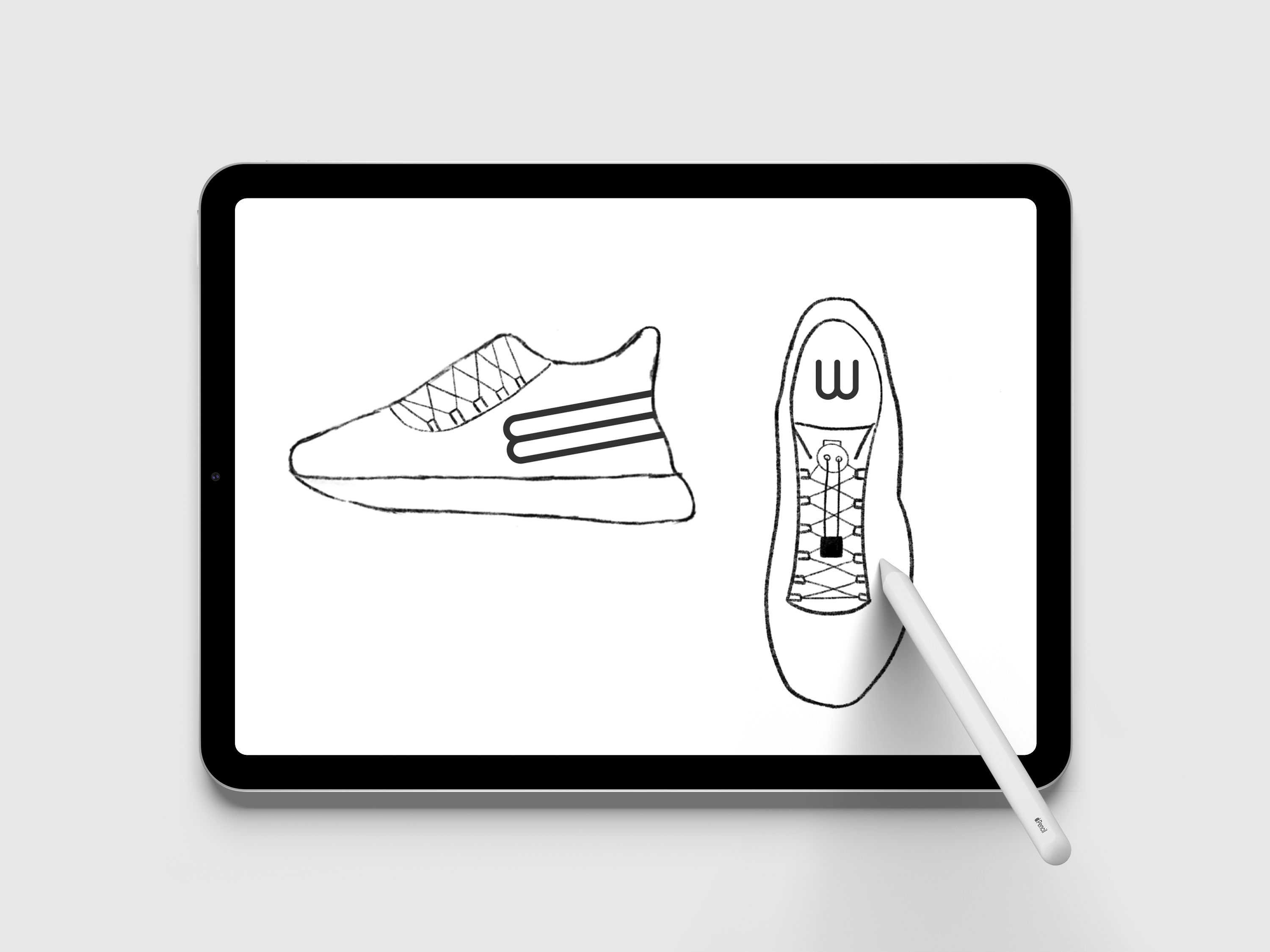
Based on all the research insights, the team took their newfound knowledge to the drawing table. The sketching phase included Lo-Fi prototypes with how the attributes and modularity would work. They came up with numerous sketches that after quick testing eventually led to the winner that captured all of the physical features: A modular outer sole, lock laces, magnetic support, clip-ons (front and back) and sole health indicator.
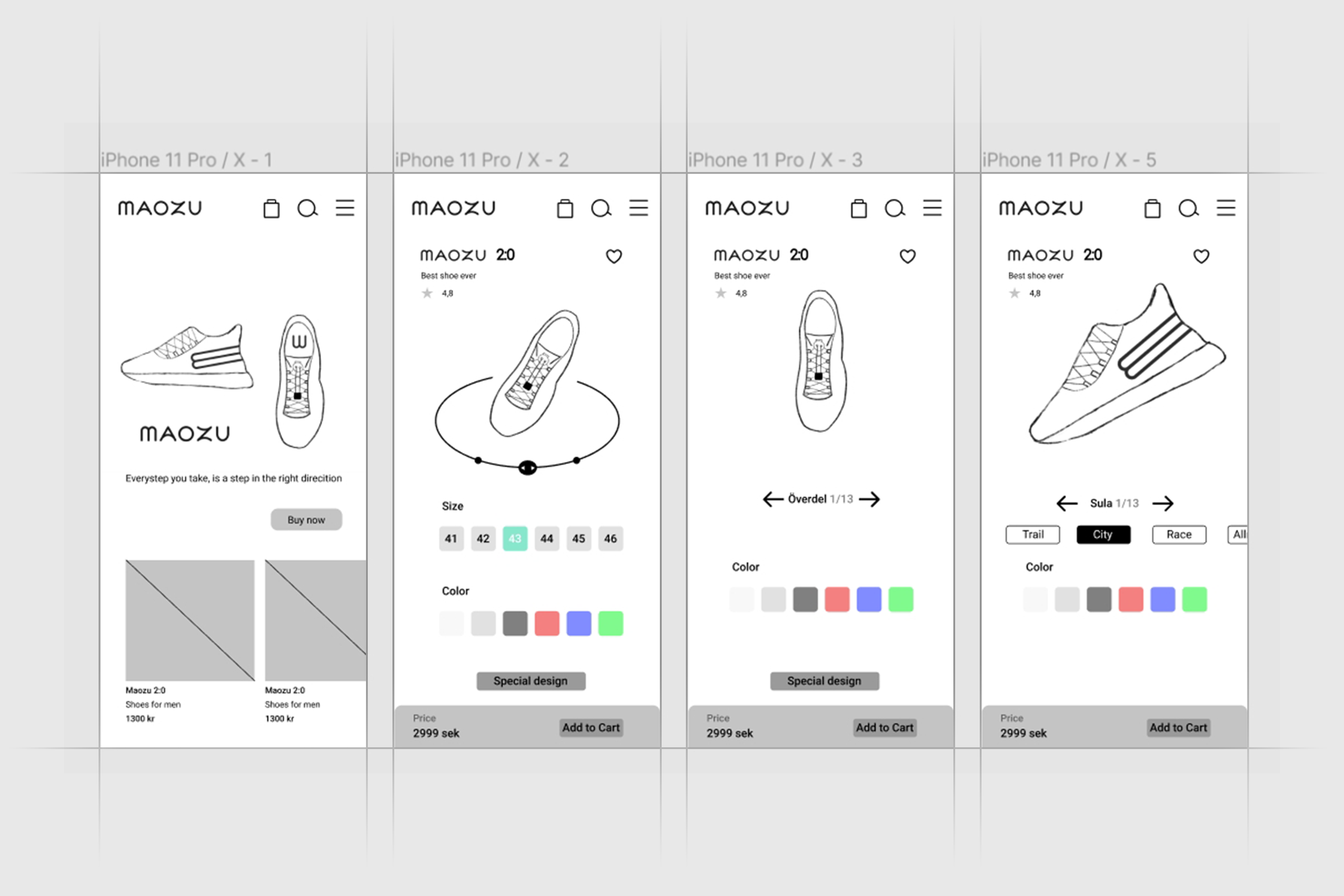
Once Simon's team had the vision, research and sketches aligned, they moved on to mold visual prototypes of their concept.
By retouching an already existing shoe and adding parts to fit the list of attributes, the final prototype was complete - A multi-purpose modular running shoe with various examples of different soles and colors. Good for the user, and good for the climate.
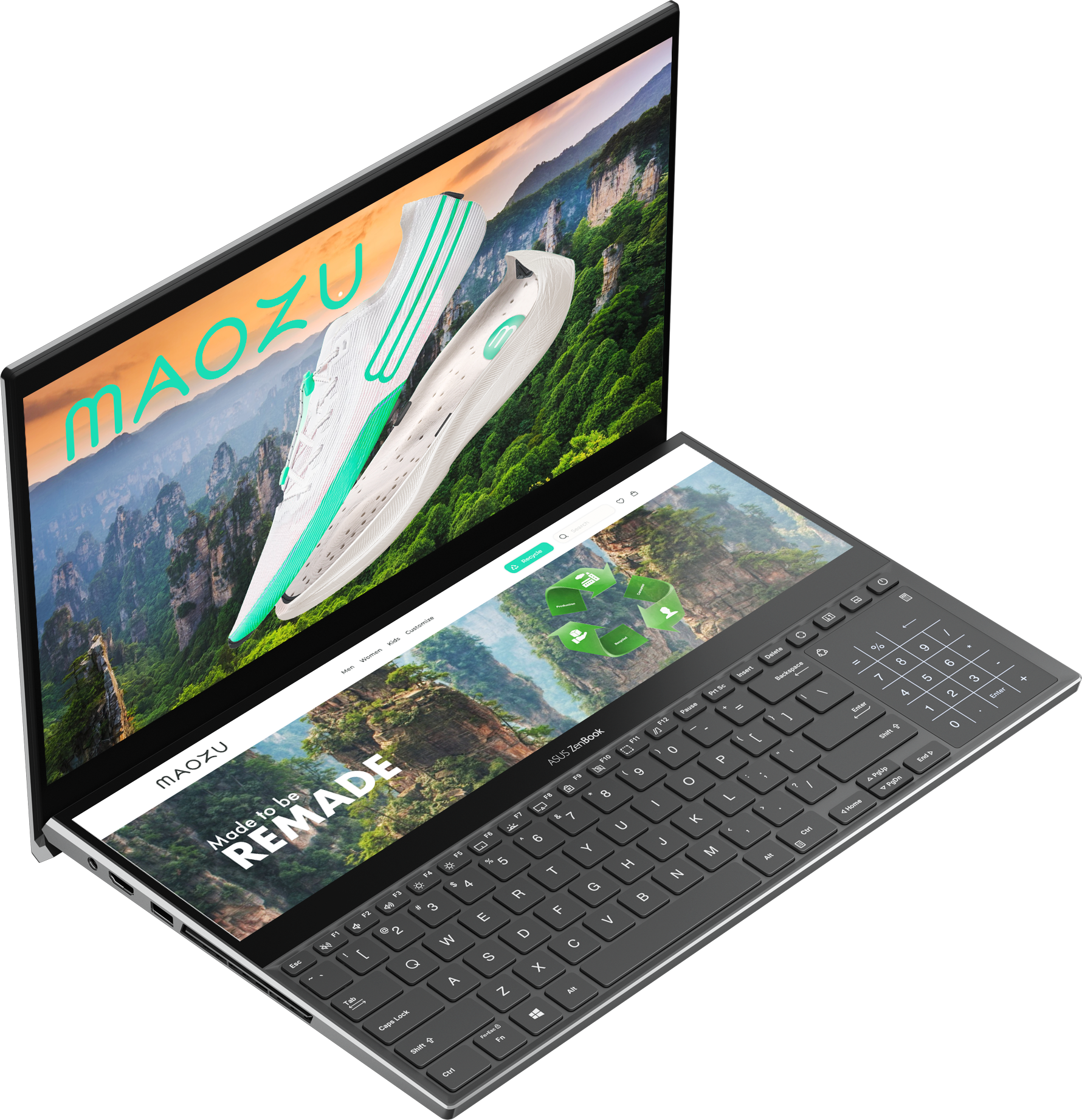

One of the pain-points Simon's team found from the users experience while researching, was that it is often hard to find the right fit for your shoes when shopping online.
This leads to less people buying shoes online, but also that those who actually do so often have to return their shoes to find the right fit which costs both money for the company, time for the user and leaves a bigger carbon print on the way.
Simon's UX-team wanted to solve that problem which is why they came up with the idéa to be able to scan your feet and let the web-store suggest you with which size you should wear.
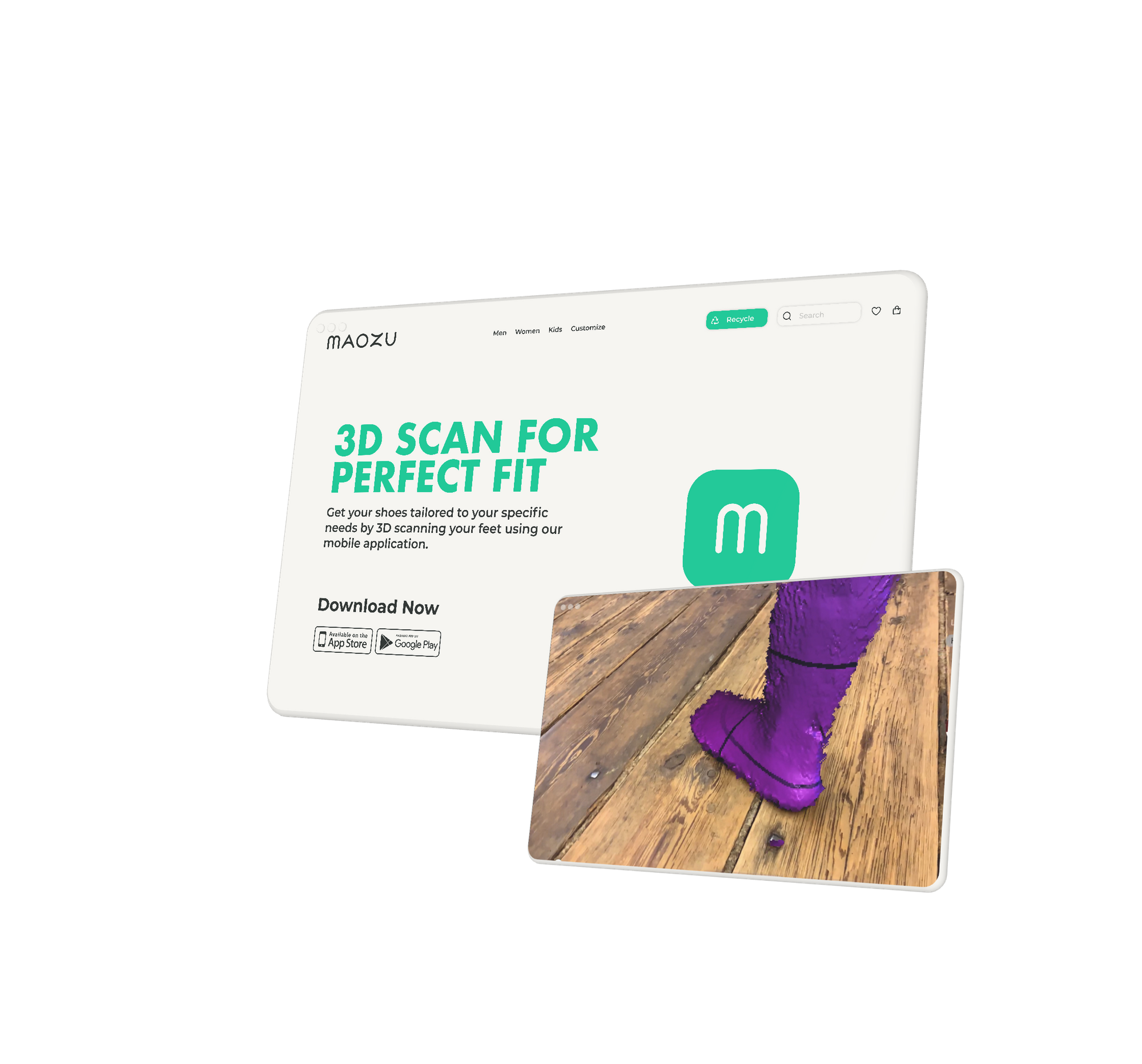
Maozu’s wish is to extend that seamless experience which is why Simon's team also put a lot of effort into making even the packaging material convenient for both the customer and climate.
Maozu’s multi purpose shoe box is not only just a shoe box. How about you can use it as a lunch bag, or even have some fun together in the family and make it into a flower box?
At delivery the customer will, together with the shoes themselves, receive a welcoming email or app notification with information about how to see when the shoe sole is worn out, along with washing instructions and tips & tricks on what they can use their cardboard bag for.
